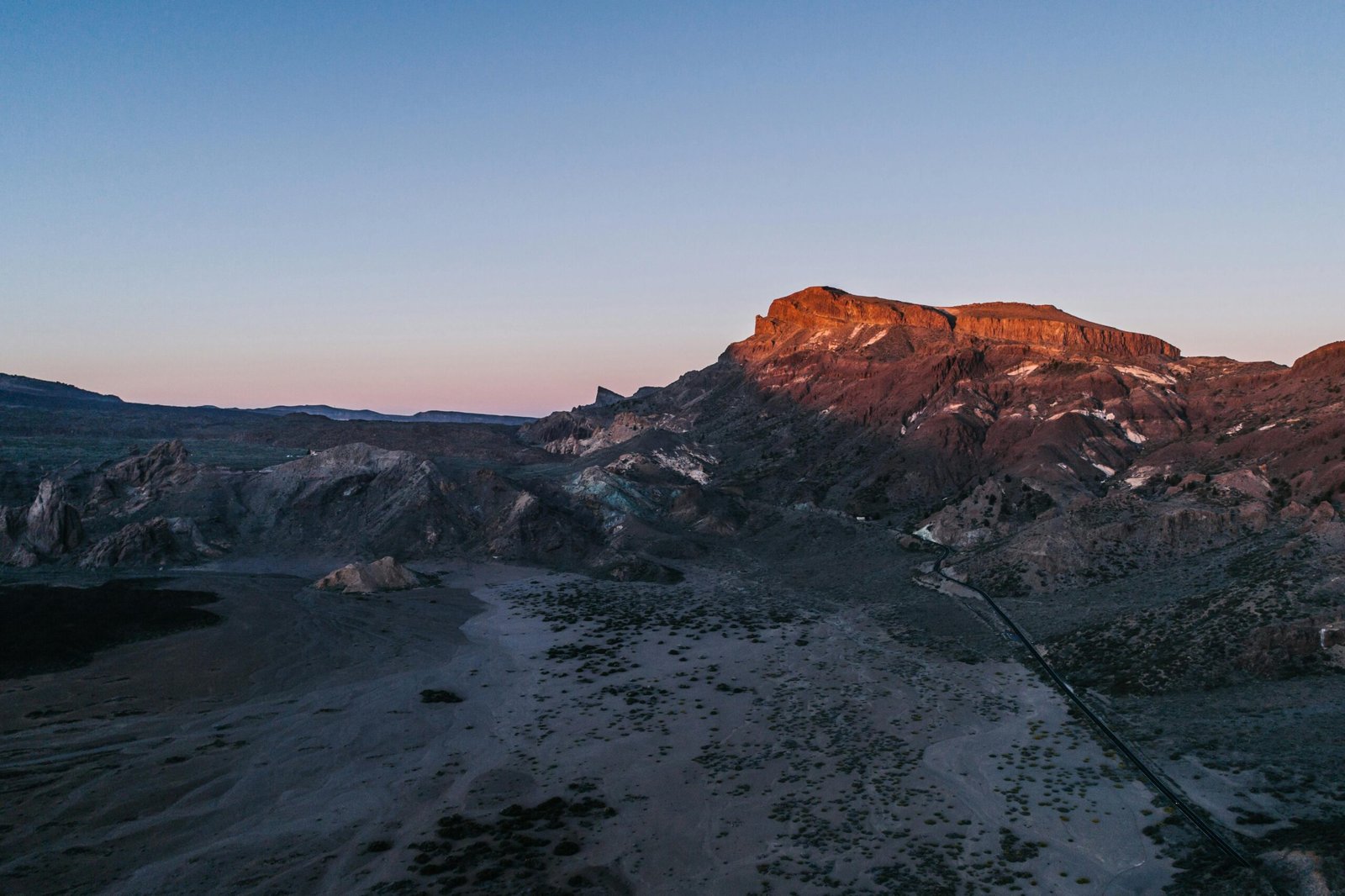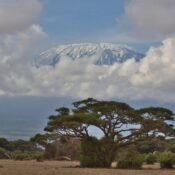
How to Prepare Physically for Your Kilimanjaro Climb
Mount Kilimanjaro, Africa’s highest peak, standing at 5,895 meters (19,341 feet), is a bucket-list adventure for many outdoor enthusiasts. Though it’s a non-technical climb—meaning you don’t need ropes or climbing gear—it is still a physically demanding trek. The varying terrains, high altitudes, and long days of walking can test even seasoned hikers. The good news? With the right physical preparation, almost anyone in good health can summit Kilimanjaro.
This guide will walk you through how to train and prepare your body for the climb, covering cardiovascular fitness, strength training, endurance, flexibility, and altitude acclimatization. We’ll also touch on mental preparedness—often the overlooked but equally essential component.
1. Understand the Physical Demands
Before you dive into training, it’s important to understand what Kilimanjaro demands of your body:
- Trekking 5-8 hours a day, sometimes longer on summit day (12–16 hours).
- Carrying a daypack with essentials (water, snacks, layers).
- Hiking on varied terrain, from rainforests and rocky paths to alpine deserts and snowfields.
- Coping with high altitude, where oxygen levels are significantly reduced.
- Climbing gradually over 6–9 days, depending on the route.
Given these factors, you’ll need a training plan that boosts endurance, strengthens muscles, increases cardiovascular capacity, and conditions your body to walk for several hours at a stretch.
2. Start Training Early
Ideally, you should begin your physical preparation at least 8–12 weeks before your departure date. If you’re new to fitness or hiking, consider starting even earlier to build a solid base.
Consistency is key. Aim to train 4–5 days a week, mixing different types of workouts to target all the necessary physical components.
3. Cardiovascular Training
Your heart and lungs will work overtime during the climb—especially at altitude. Cardiovascular (cardio) training improves your aerobic capacity and helps you sustain effort over long hours.
Recommended Cardio Exercises:
- Hiking (with elevation if possible): This is the most relevant activity. Try weekend hikes with a loaded daypack to simulate actual conditions.
- Stair climbing or hill walking: Great for building leg strength and cardio endurance simultaneously.
- Running or jogging: Improves lung capacity and stamina.
- Cycling or swimming: Good low-impact alternatives that still build cardiovascular fitness.
Frequency:
- 3–4 cardio sessions per week
- Include at least one long-duration session (2+ hours) each week as your departure nears.
4. Strength Training
Strong muscles help prevent fatigue, stabilize your joints, and reduce the risk of injury. Focus on lower body, core, and back strength—the areas that do most of the work during trekking.
Lower Body Exercises:
- Squats
- Lunges
- Step-ups (with weight)
- Calf raises
Core & Back Exercises:
- Planks (front and side)
- Deadlifts
- Russian twists
- Supermans
Use bodyweight or light dumbbells, depending on your fitness level. Add resistance gradually over time.
Frequency:
- 2–3 strength sessions per week
- Combine with short cardio or do on alternate days.
5. Hiking Practice: The Most Crucial Component
There’s no better way to train for a hike than by hiking itself. It familiarizes you with long walking hours, terrain variability, and backpack carrying.
Tips for Hiking Practice:
- Wear the boots you’ll use on Kilimanjaro to break them in.
- Carry a 10–15 lb daypack with essentials.
- Increase trail difficulty gradually.
- Simulate multi-day hikes with back-to-back hiking days.
- Practice at different times of the day and in various weather conditions.
By the final weeks of training, you should be comfortable hiking 6–8 hours with minimal rest breaks.
6. Altitude Preparation
You can’t fully replicate high-altitude conditions at home, but you can take steps to reduce the shock to your body.
Ways to Acclimatize:
- Train at altitude if you live near mountains.
- Spend a weekend at higher elevation (8,000+ feet) if possible.
- Use a high-altitude training mask or sleeping tent (only recommended for advanced preparation).
- Choose a longer Kilimanjaro route (7+ days) for better acclimatization during the climb.
Most importantly, learn to pace yourself. The mantra on Kilimanjaro is “pole pole” (Swahili for “slowly slowly”). Walking slowly conserves energy and helps you acclimatize.
7. Flexibility & Mobility
Flexibility helps prevent muscle tightness and injury, especially after long days of trekking. Add stretching or yoga to your routine.
Key Stretches:
- Hamstring stretches
- Hip openers
- Calf stretches
- Lower back stretches
Frequency:
- 10–15 minutes post-workout
- 1–2 full yoga or mobility sessions per week
Yoga also helps with breathing control and mental focus—both useful on the mountain.
8. Mental Preparation
Your mindset plays a major role in your success on Kilimanjaro. Fatigue, cold, altitude symptoms, and tough terrain can wear down even a fit climber. Developing mental toughness can help you push through difficult moments.
Build Mental Endurance By:
- Taking on long, solo hikes.
- Practicing breathwork or meditation.
- Setting small goals during hikes, like reaching the next tree or hilltop.
- Visualizing yourself reaching the summit.
- Reading stories or watching videos of Kilimanjaro treks to understand what to expect.
Having a strong “why”—your motivation for climbing—can make a huge difference when things get tough.
9. Nutrition and Hydration
Fueling your body well during training and on the mountain is essential.
During Training:
- Eat a balanced diet rich in whole foods, lean proteins, healthy fats, and complex carbs.
- Hydrate regularly, especially on hiking days.
- Learn to snack on the go with trail mix, dried fruits, or energy bars.
During the Climb:
- Continue hydrating aggressively—altitude increases dehydration risk.
- Eat at every opportunity, even if altitude reduces your appetite.
- Avoid alcohol and caffeine, especially in the days before summit night.
10. Rest and Recovery
Recovery is just as important as training. Overtraining increases the risk of injury and burnout.
- Get 7–9 hours of sleep per night.
- Incorporate rest days into your weekly plan.
- Use tools like foam rollers, massage guns, or even Epsom salt baths to speed up muscle recovery.
Listen to your body. If something feels off—especially joints or knees—consult a professional.
Final Thoughts
Climbing Mount Kilimanjaro is more than a trek—it’s a physical and emotional journey. Preparing your body ahead of time greatly increases your chances of a successful and enjoyable summit. Remember, this isn’t about being the fastest or fittest. It’s about being consistent, training smart, and respecting the mountain.
By focusing on endurance, strength, altitude preparation, and mental resilience, you’ll set yourself up for a safe, successful, and unforgettable Kilimanjaro adventure.
So lace up those hiking boots, hit the trail, and let your Kilimanjaro journey begin—starting with your next workout.




